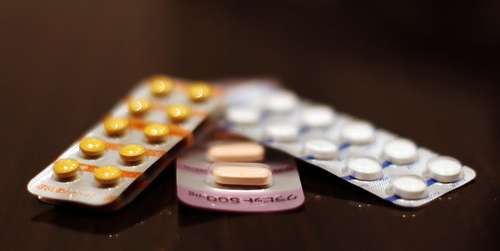
Impurity analysis is not only important for maintaining consistency and product quality. Patient safety and reliability are equally important, if not more so. Lawsuits against pharmaceutical companies have reached epidemic levels over the past decade, and the number of products recalled has increased accordingly. These figures are not only astonishing, but unacceptable and preventable. Safety and effectiveness are the top concerns for pharmaceutical consumers, and companies must make sure that they use the highest level of technology to assure patient safety and satisfaction.
The consequences of impurities may be greater than you think. Image Source: www.glasbergen.com
Impurity analysis can be a highly complex and daunting task when working with synthetic pharmaceuticals, but the goal is always to create the purest products possible. Two main factors that affect impurity analysis are quantity and toxicity. Accurate measurements of impurities must be quantifiable in order to detect any levels of toxin in a product that may make it unsafe. Despite careful planning and development, impurities in pharmaceutical products are nearly impossible to avoid. However, the use of spectrophotometers now provides the technology needed to quantify these levels of impurities and avoid hazardous medications from circulating.
Detecting impurities using technology and analysis
There are many steps that occur during the development of synthetic pharmaceuticals that allow impurities to manifest. Throughout each phase of the process, product samples must be used to evaluate and detect even the slightest levels of impurity through color-analysis. These samples are also used to monitor degradation of the final product even after manufacturing is complete.
A variety of tests may be used during the sampling process; however, when trying to analyze tiny molecular particles for possible contaminations, the ratios become very difficult to identify. Spectrophotometers offer the highest level of technology and are imperative for measuring the extraordinary low-levels of impurities, which can have extremely harmful effects. Chromatographic separation is a necessary process for the detection of these low-levels, making the use spectrophotometers essential for decoding this information and putting it into quantifiable numbers.

Impurity analysis is used for detection during the pre-production processes and is continually necessary beyond production to ensure consistent monitoring for shelf-life degradation. Image Source: Flickr user Evan Blaser

